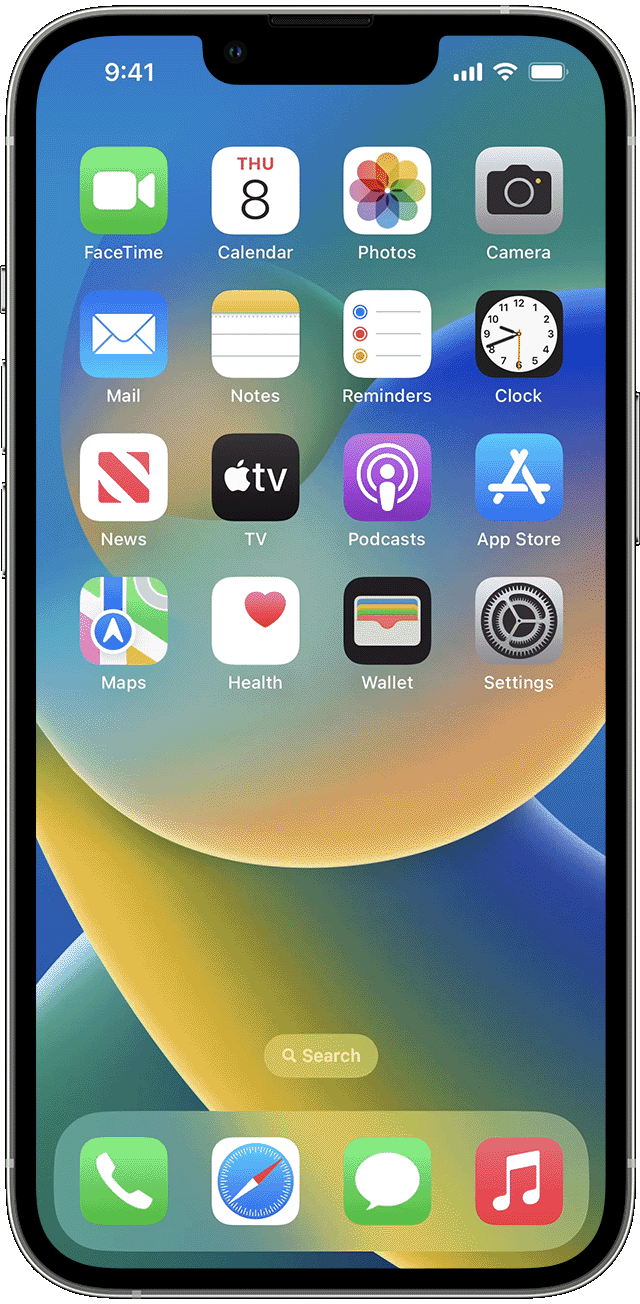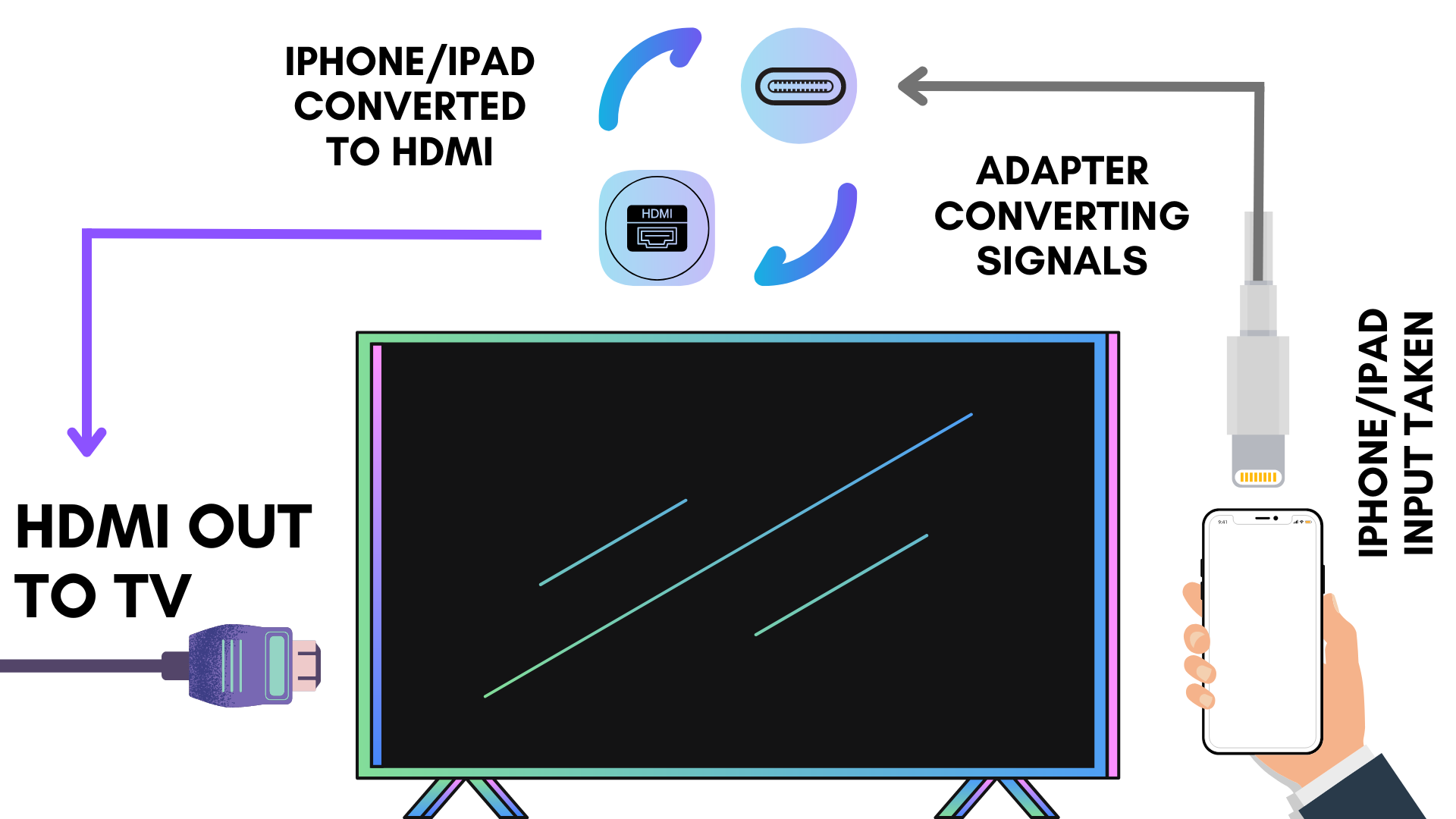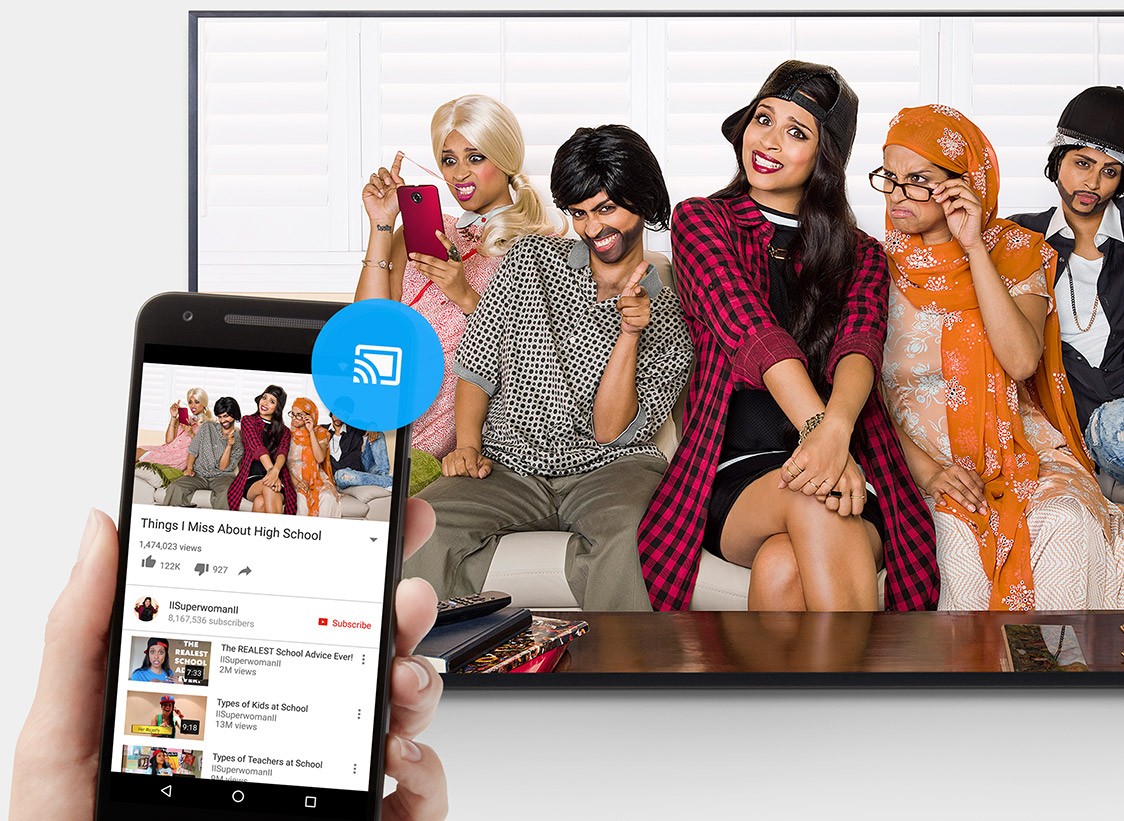How To Mirror iPhone or iPad to TV – 3 Different Methods That Work
Last year, Apple introduced the revolutionary AirPlay feature, which enables iPhones and iPads to seamlessly share their screens with Mac computers and AirPlay-supported TVs. In this guide, we present three effective methods to mirror your iPhone or iPad screen to your TV. Although Android devices have offered screen mirroring since 2013, Apple users can now enjoy this functionality as well.
Wireless Mirroring Through AirPlay
Wireless mirroring via AirPlay is undoubtedly the easiest and most integrated solution for Apple users. Designed by Apple, this method allows for effortless and smooth screen sharing. Please note: both your iPhone or iPad and your TV must be connected to the same Wi-Fi network and your TV must be AirPlay-compatible.
- Open the Control Center. On iPhone X and later or on iPad models with iOS 13 and above, swipe down from the upper-right corner of the screen. On iPhone 8 and earlier, or iPad models with iOS 11 or earlier, swipe up from the bottom edge of the screen.
- Tap Screen Mirroring. This icon appears as two overlapping rectangles.
- Select your AirPlay-compatible TV from the list of available devices.
- Enter the passcode displayed on your TV using your iPhone or iPad.

Congratulations! You have successfully connected your iPhone or iPad to your smart TV and can now stream content directly from your device. This method is highly reliable and is the optimal choice if you own an AirPlay-supported TV. However, it does require a strong and stable Wi-Fi connection for smooth performance.
If this approach does not work for you, do not worry. There are two additional methods you can try.
Wired Mirroring Through HDMI Cable
Although it is less convenient than wireless mirroring, using a wired connection can sometimes deliver better reliability and video quality. For this method, you will need both an HDMI cable and the correct adapter for your device. Apple offers the official Lightning to HDMI adapter; however, third-party options are also available.

Be aware that many affordable third-party adapters do not have HDCP certification, which may prevent them from mirroring copyright-protected content. If you are unsure about your cables or adapters, the official Apple adapter is the most reliable choice, even if it is more expensive.
- Connect one end of the HDMI cable to your TV and the other end to your adapter.
- Attach the Lightning (or USB-C) connector from the adapter to your iPhone or iPad.
- This connection does not require external power, so simply turn on your TV.
- On your TV, select the correct HDMI input source. If you are not getting a signal, ensure all cables are firmly connected.
Once your TV input is properly configured, your iPhone or iPad screen should be visible on the TV. For a more comfortable viewing experience, consider using a longer HDMI cable to provide flexibility and mobility. This method works with any TV that has an HDMI port, and does not require Wi-Fi or AirPlay compatibility.
Tip: Be sure to choose the adapter that matches your device. Most iPads with newer designs use USB-C ports, while all iPhones and older iPads use Lightning ports. Apple provides a USB-C adapter for compatible devices, allowing mirroring at up to 4K60Hz, while the Lightning adapter supports resolutions up to 1080p.
While this method allows screen sharing from your iPhone or iPad, be aware that apps with screen-sharing protection, such as Netflix, may not display properly, particularly with non-HDCP-certified adapters.
Mirroring Through Apps (FireTV and Chromecast)

If your TV does not support AirPlay and you prefer not to purchase an HDMI adapter, mirroring through streaming devices such as FireTV or Chromecast is an excellent alternative. Many modern TVs have FireTV or Chromecast built in; if yours does not, you will need to acquire one of these devices.
For FireTV, open the FireTV Appstore and download the AirScreen app. Launch the app and follow the on-screen setup instructions. AirScreen will display a QR code—simply scan it using your device’s camera app. This will direct you to a website where you can choose from several screen mirroring options. When setup is complete, AirScreen creates an AirPlay-compatible connection (named “AS-AFTMM“) so you can mirror your screen wirelessly. At this point, return to the steps outlined in the AirPlay method above to initiate the connection.
Chromecast offers a more straightforward process. Plug the Chromecast into your TV, then use the Google Home companion app to join both your TV and your iPhone or iPad to the same Wi-Fi network. From the Google Home app, select your Chromecast device. Once connected, you can mirror your iPhone screen to your TV with ease.
Keep in mind the following potential limitations of this method:
- Noticeable playback delay
- Advertisements in free app versions
- Reduced video quality
- Limited compatibility with some streaming services
- Requires a strong Wi-Fi connection
Despite these drawbacks, this solution is excellent for sharing photos or presentations, particularly if the other methods are not suitable for your setup. If you continue to experience difficulties, consider using an Android phone, which natively supports “Cast” features from the notification menu. Apple’s proprietary protocols can sometimes introduce challenges to device communication, so alternative options may be worthwhile.
By following this comprehensive guide, you will be able to mirror your iPhone or iPad screen to your TV with confidence, regardless of your device or connectivity options.
 Reviewed by
Reviewed by 




